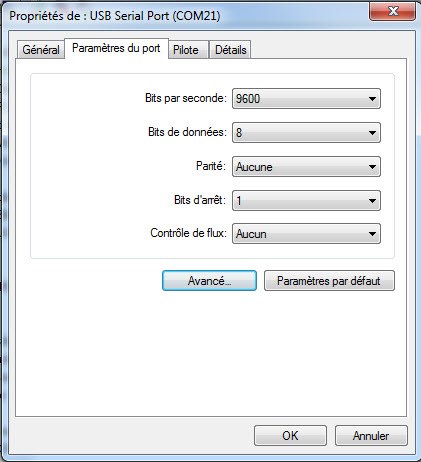Hi everyone.
I use LMFlash.exe build 1613 to program a TM4C1231 microcontroller though the UART port. I connect to the UART through a custom USB-to-serial adapter based on a FT232 chip from FTDI.
I noticed that when first attempting to program the flash memory of the microcontroller, I always get an "**ERROR** Failed to synchronize baud rate with the board!". If I open the COM port with another software (Realterm) and then close it, After that LMflash can sync with the TM4C1231. Enabling or disabling auto baud does not solve anything. On a first attempt to program, It will not synchronize unless I open/close the port with Realterm before.
I also tried opening and closing the port with other softwares. For example if I use Labview To Open/Close the port before LMFlash.exe, it does not work. Realterm always clear the glitch though.
1. Has anyone observed the same situation?
2. Could you think of a certain option that Realterm sets by default so that it makes possible for LMflash to work?
My OS is Windows 7 pro.
I would like to get rid of this situation to be able to set an automated test sequence with TestStand
- Program flash memory with a test firmware using lmflash.exe command line interface
- Execute electric tests
- Program flash memory with latest firmware release using lmflash.exe command line interface
Thank you in advance
Nien



